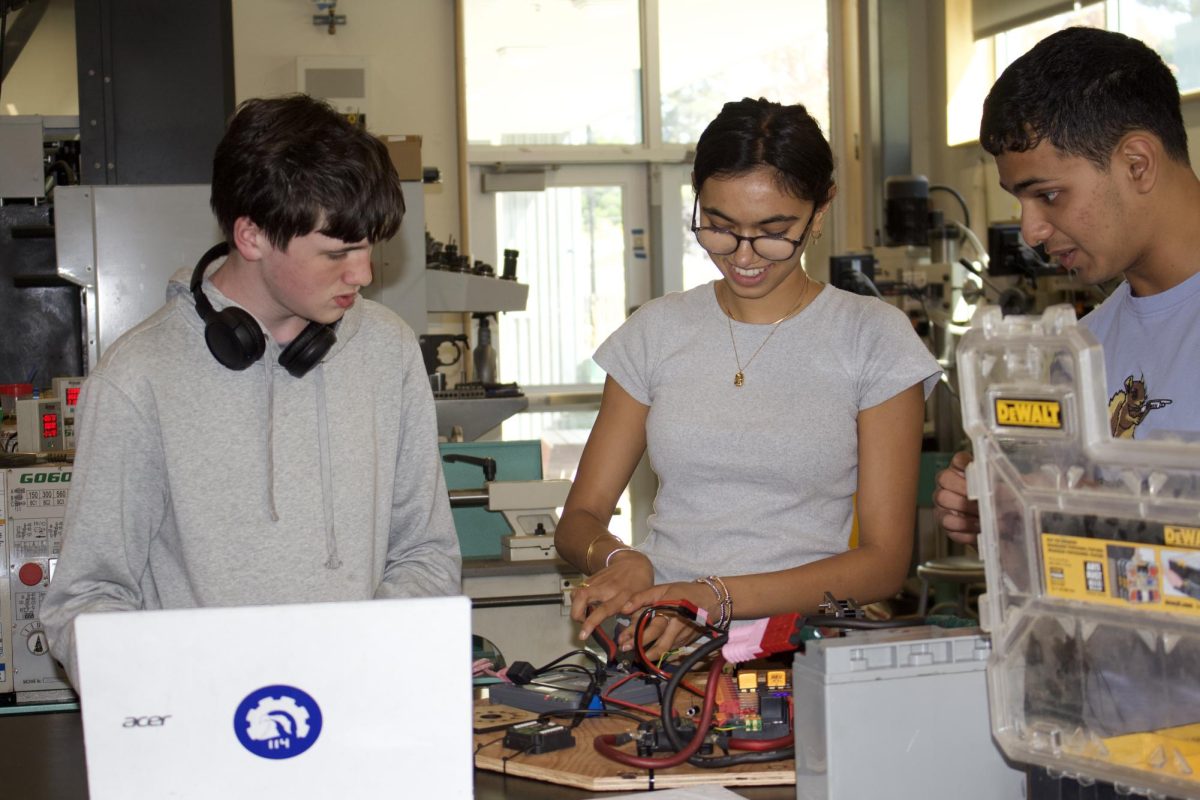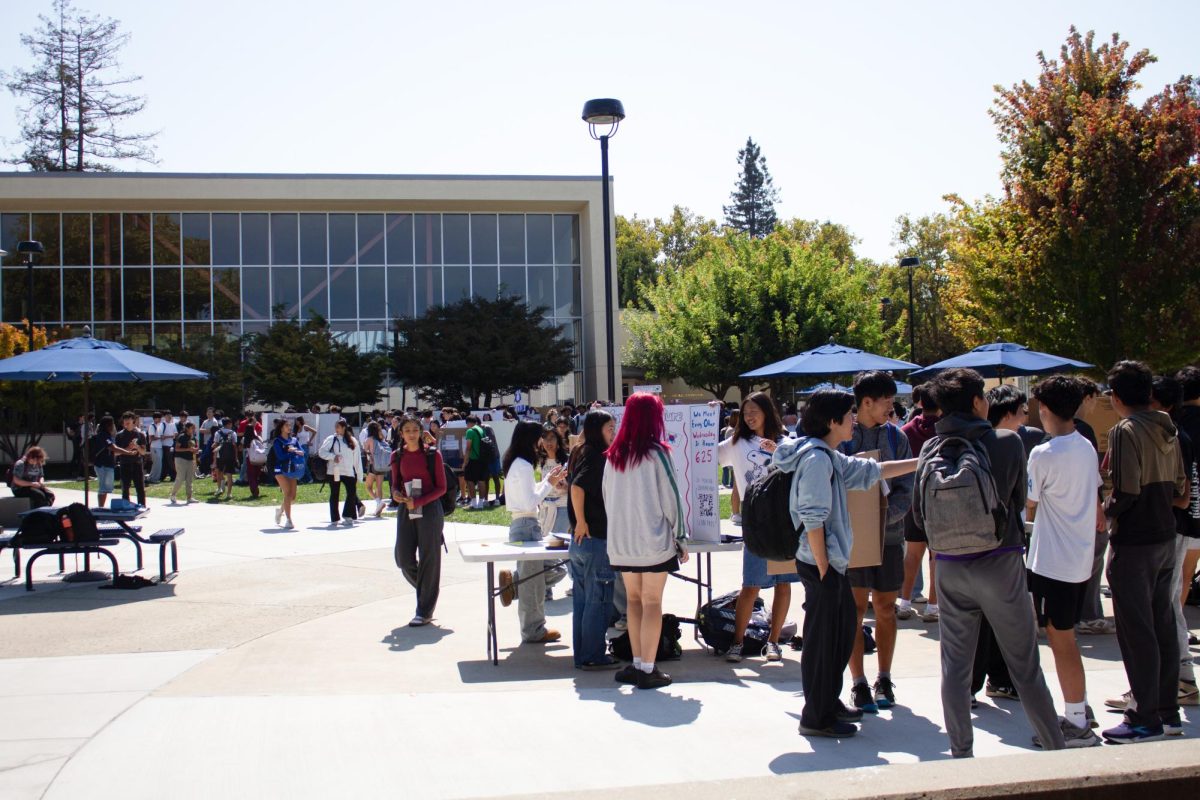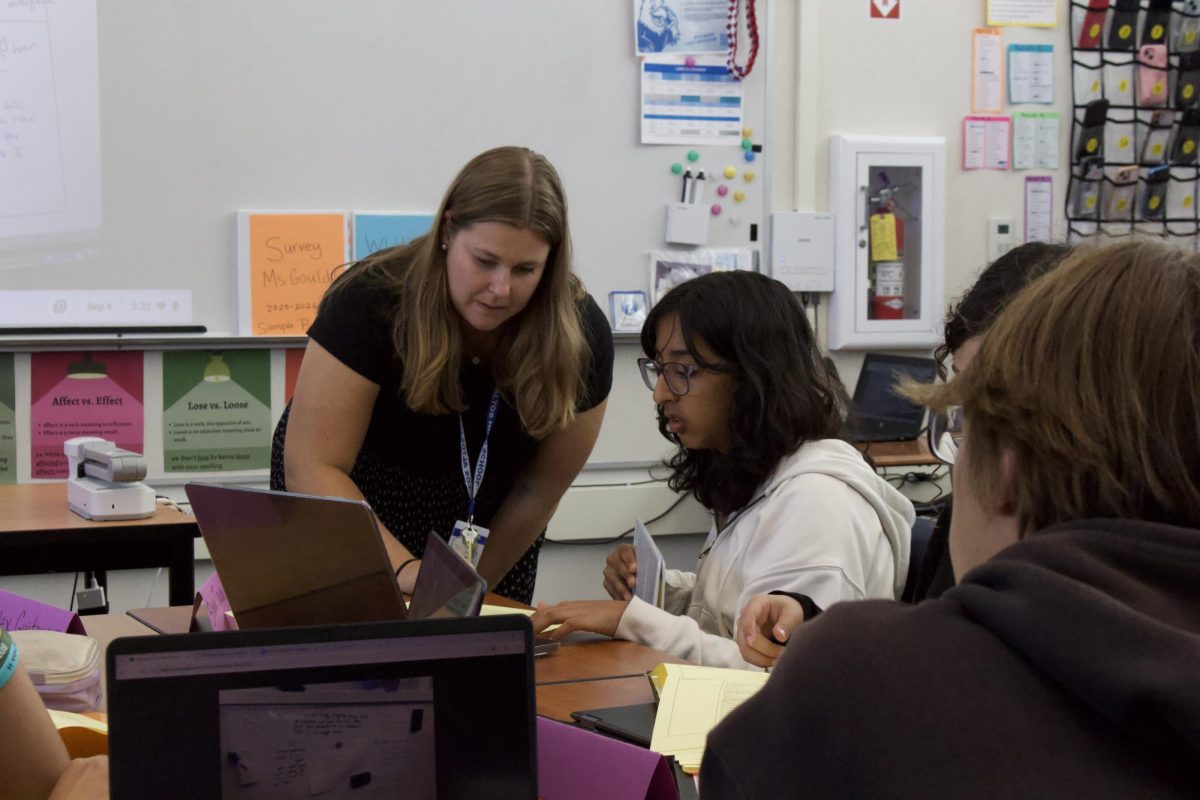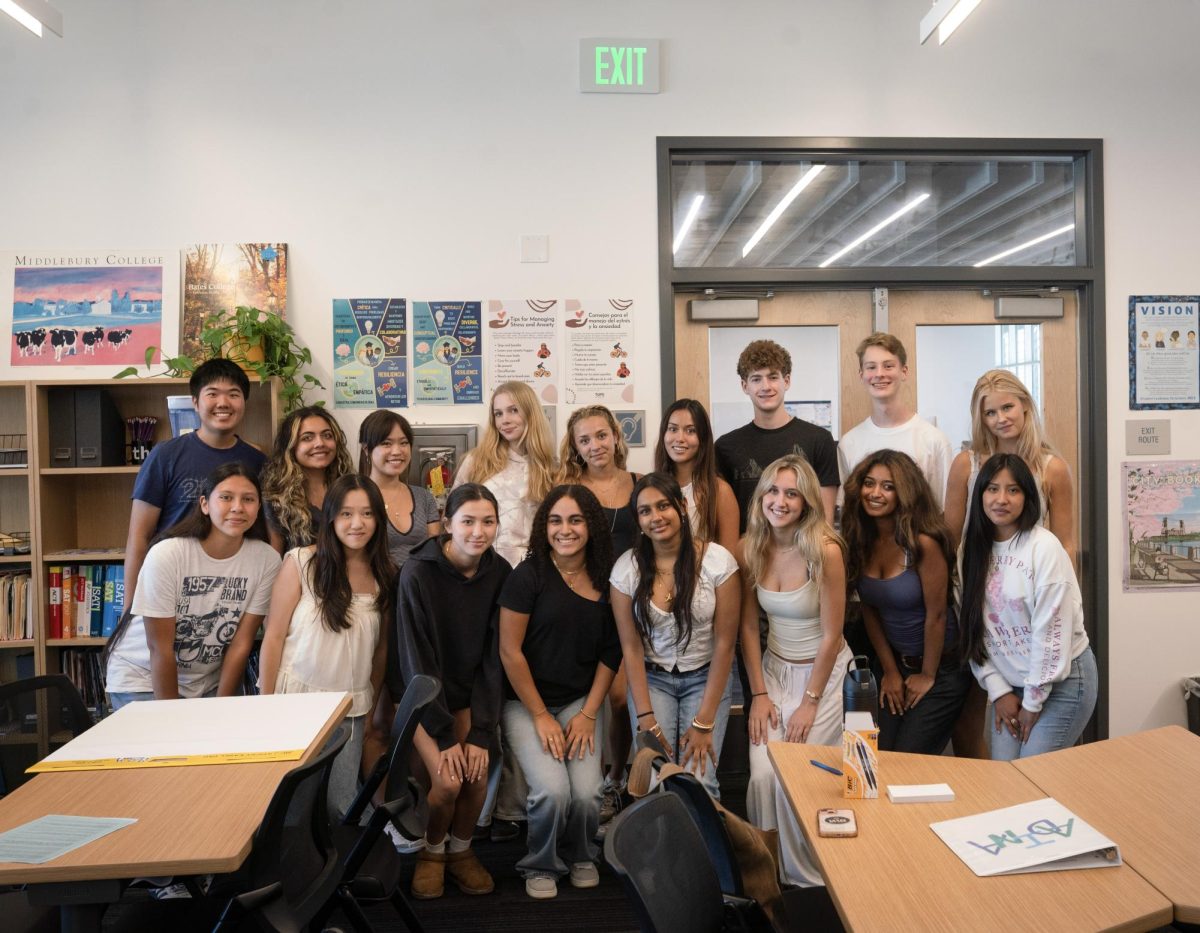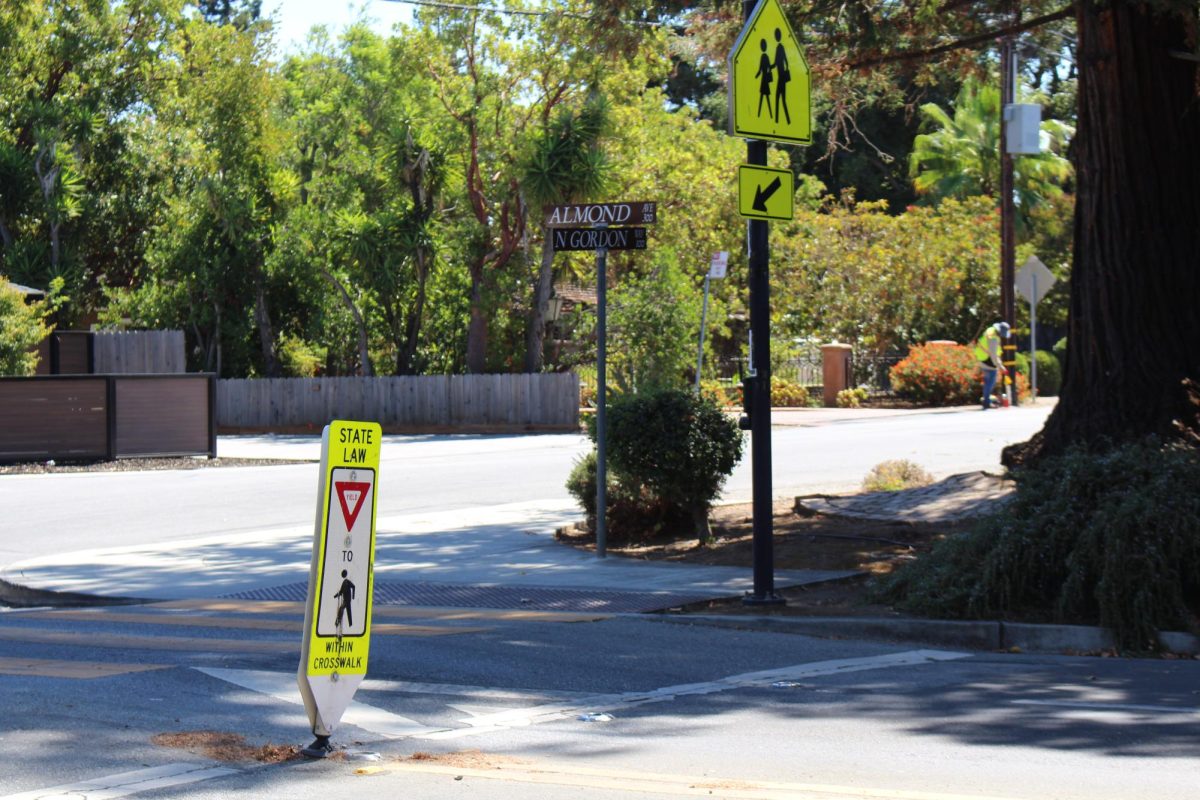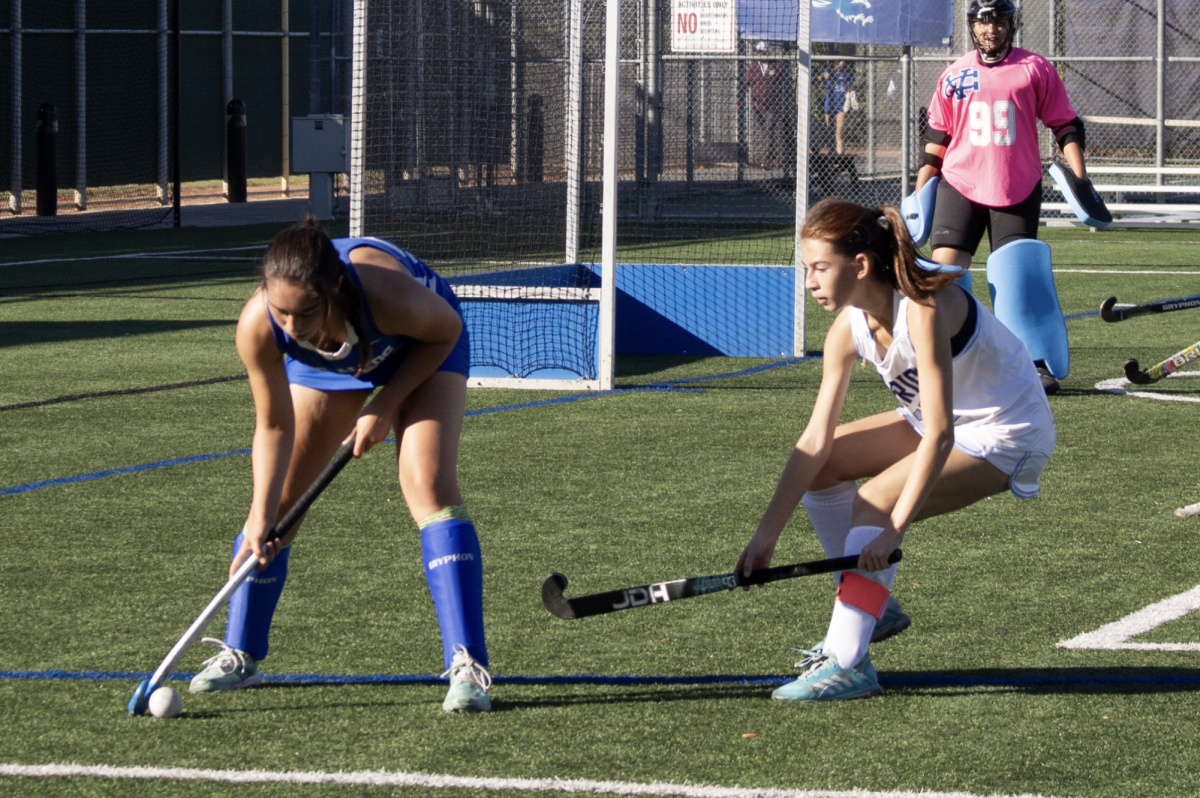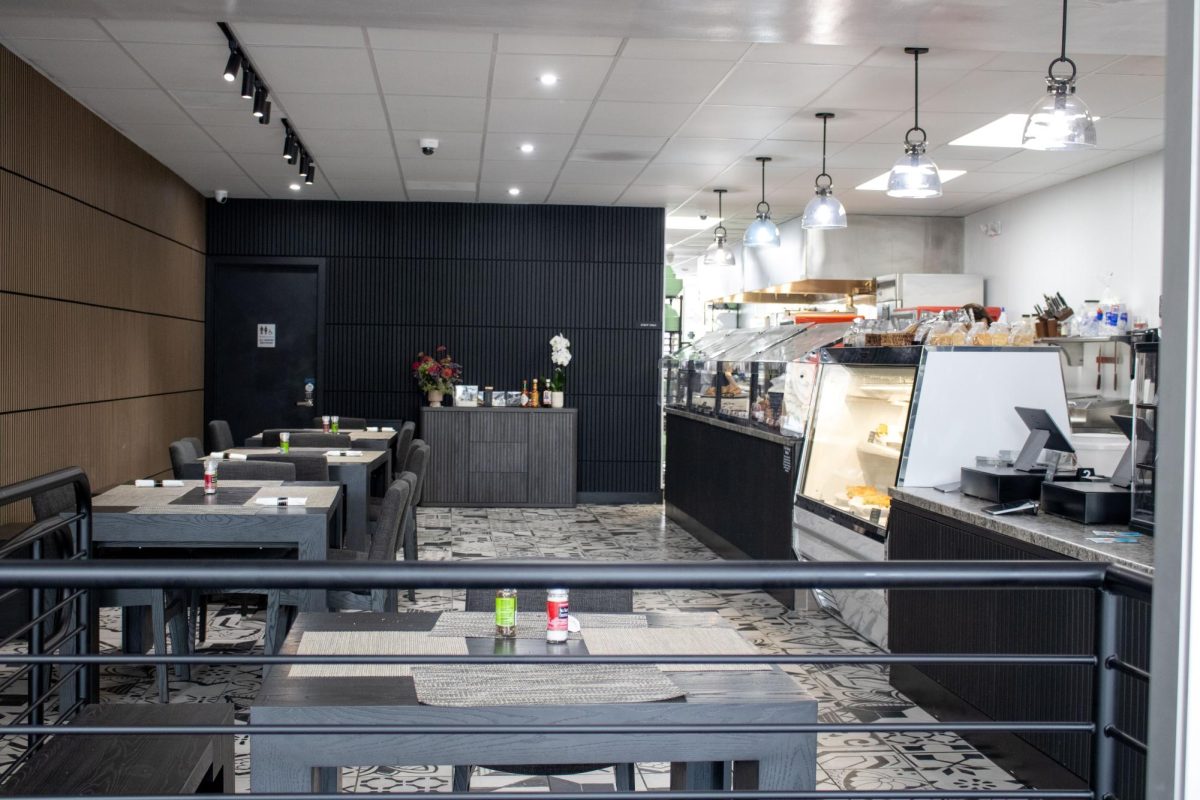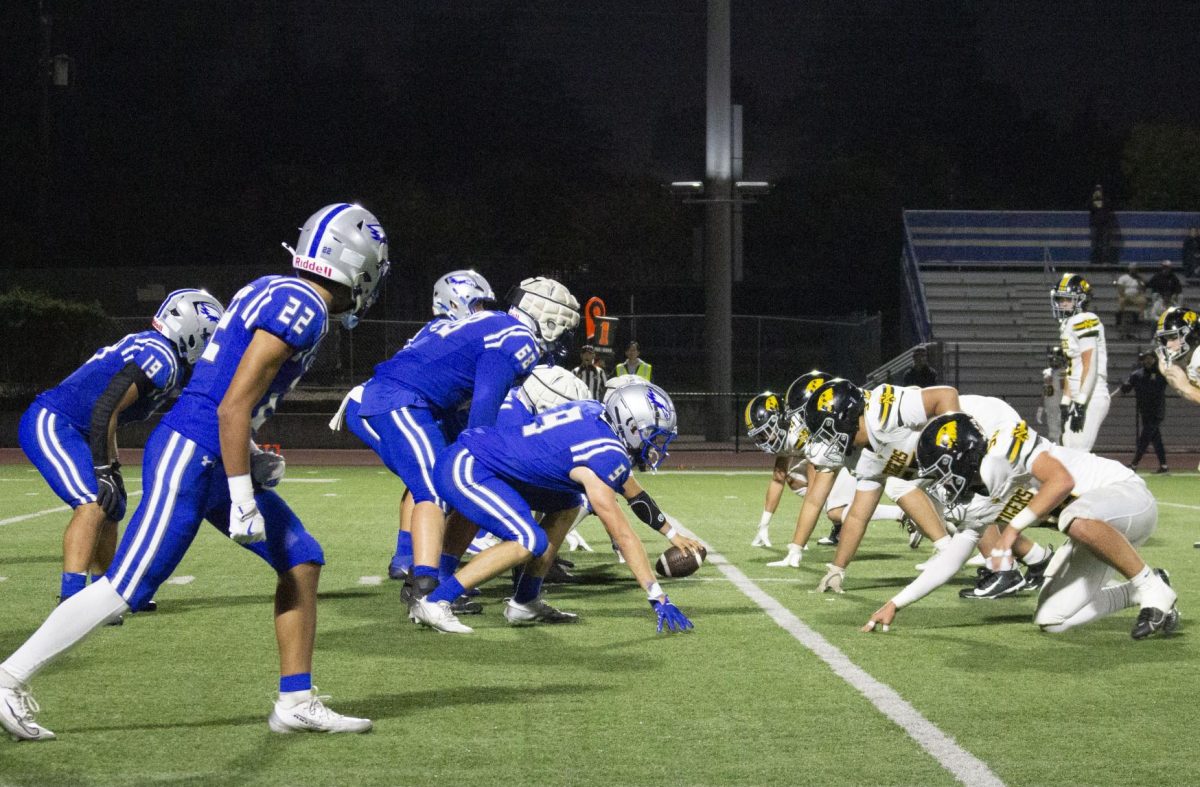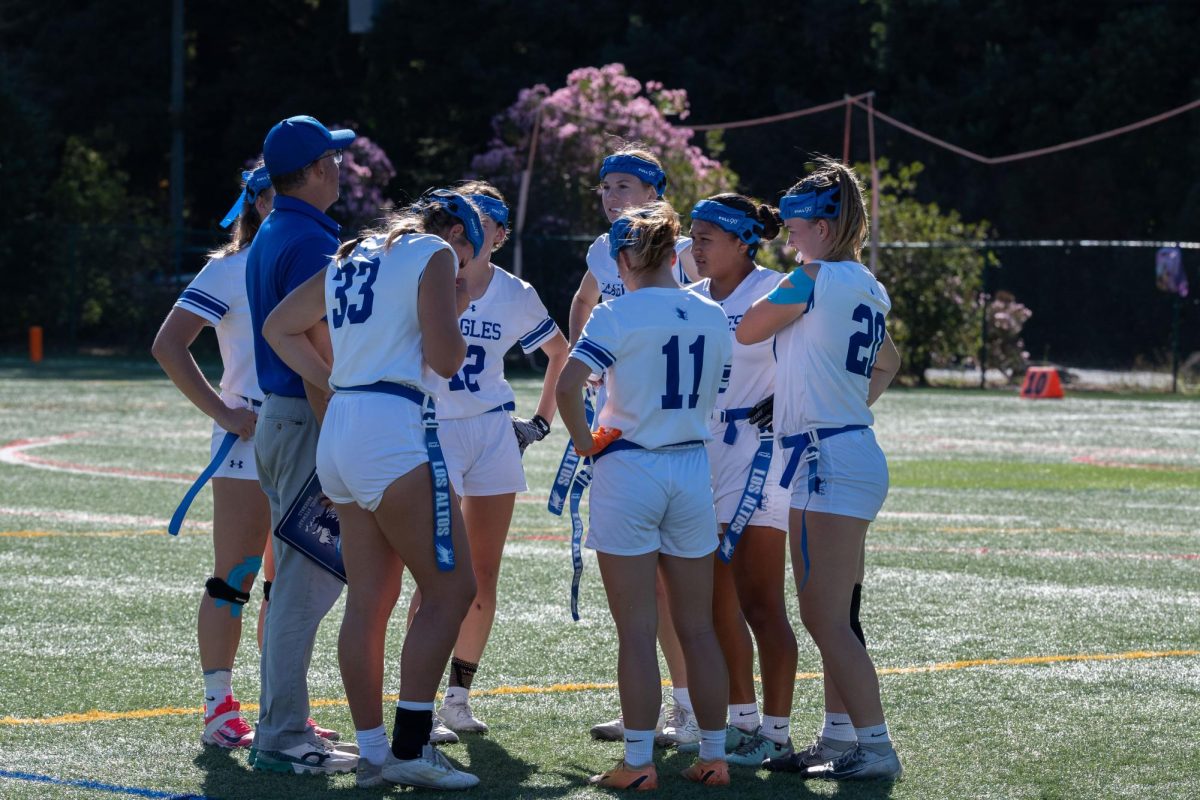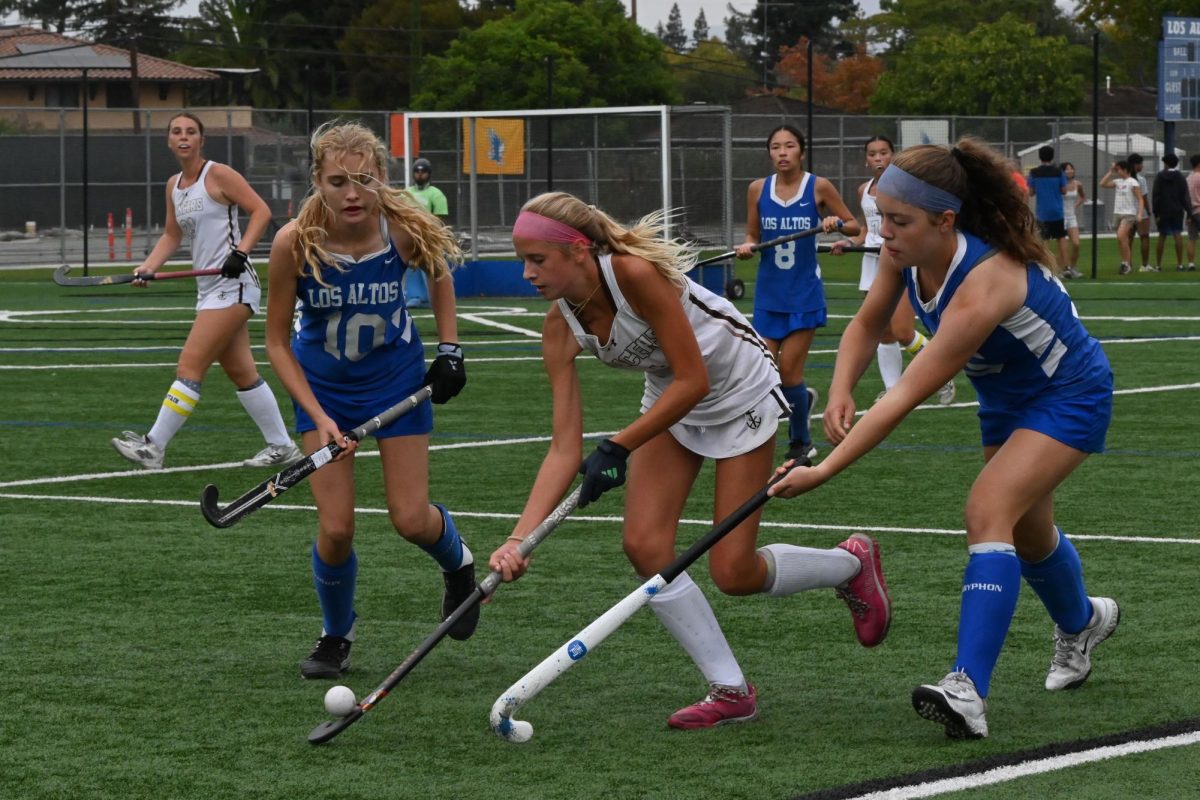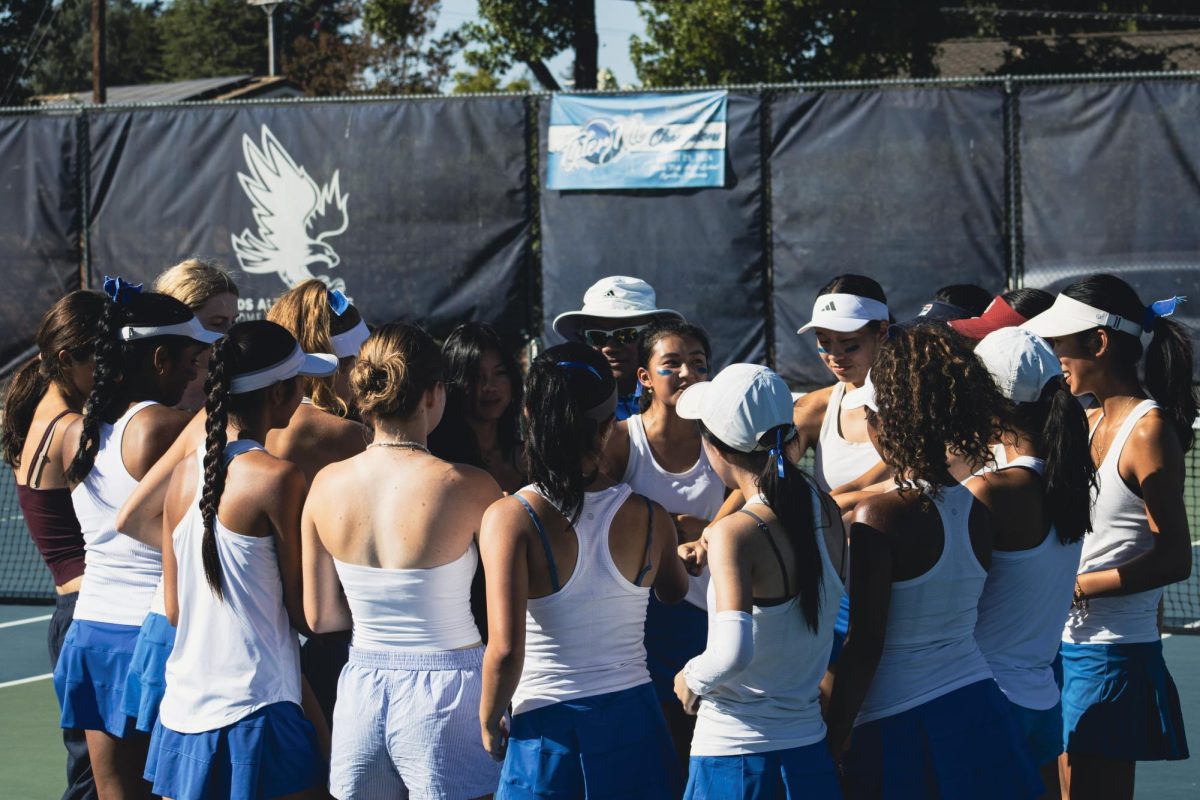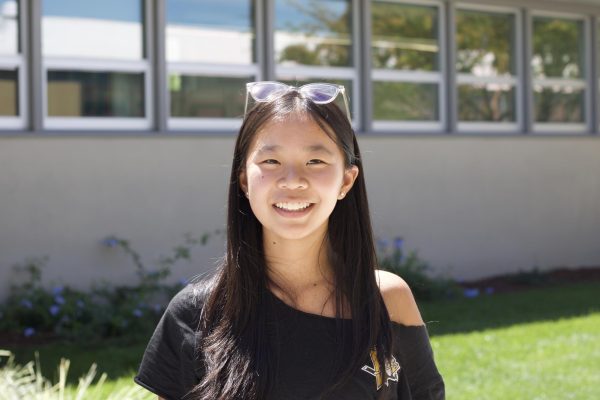Los Altos High School’s robotics team saw a 60% increase in enrollment this year, splitting the corresponding class into two periods. The expansion brings more opportunities for the team but also poses new challenges for leadership.
Robotic’s 10-member leadership board, which includes two captains, is now unevenly split between sixth and seventh period — making cross-period communication an additional challenge.
LAHS offers two robotics courses — Robotics 1 and Robotics 2. Robotics 1 is a prerequisite for Robotics 2, the competitive team, allowing students to have a sense of what role they want to take on in the competitive team.
As members get accustomed to the class and procedures of Robotics 2, the leads spend extra time helping students at the beginning of each season.
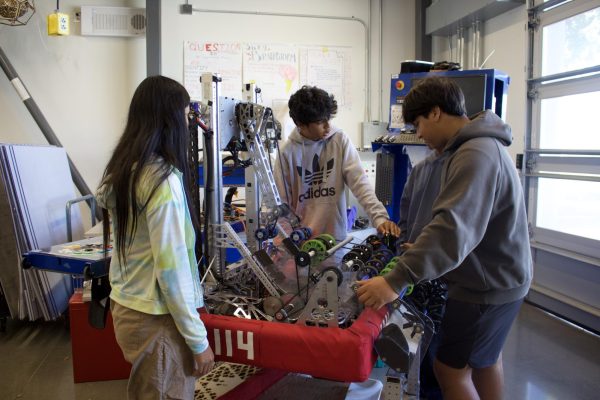
However, training two classes with different leads in charge creates difficulties with cohesion and clarification. Co-captain senior Zoe Cheng, who is in sixth period, said guiding designers in seventh period is more challenging than usual.
“If I’m trying to text the instructions, questions are going to come up,” Zoe said. “But during seventh [period], I’m not allowed to use my phone, so I can’t even help them.”
In past years, an overall lack of communication led to students being unsure of their specific roles and tasks, said Robotics Advisor Stephen Hine.
Now, leadership is using assignment trackers and shared calendars to ensure everyone can contribute to building the robot, even when in different class periods.
Hine initially expected to have a larger role in addressing these communication issues, but experienced students quickly stepped up to fill the mentoring roles.
“That’s one of the things that I love about this class and this team,” Hine said. “If the students didn’t quite know what to do, they would learn it real quick, and now they’re the ones that are guiding the rest of the group.”
The team plans to take advantage of its increased enrollment by building a second robot. Usually, newer members don’t have much of a role in the beginning because they lack the skill and knowledge to work under the team’s fast-paced environment.
This year, new members will work on the new robot as a chance to learn how the team operates without the pressure of competition deadlines.
“A lot of the new members are getting involved in the prototyping process and people are just getting that practical experience,” Zoe said. “We strive for that every year, but sometimes it just doesn’t end up happening.”
This will also allow experienced members to focus on fine-tuning last year’s existing robot, preparing it for the competition season in late September.
This is the team’s first time building two robots. They attempted it a few years ago, but the second robot never passed the design stage. This year, the leads believe the team is large enough to accomplish the feat, but anticipate logistical difficulties during the transitional period.
“We’re currently in this awkward spot where we can’t have two teams, but we have a lot of people,” Zoe said. ”Once you get past a certain point, the amount that everyone actually works on the robot itself is minimal.”
Since Robotics 1 has seen a rise in enrollment by 35%, Hine estimates that Robotics 2 will have over 60 students next year.
“I’ll have graduated,” Zoe said, “But if we get more people next year, I’m sure they’ll be able to reach new heights and achieve even more.”



